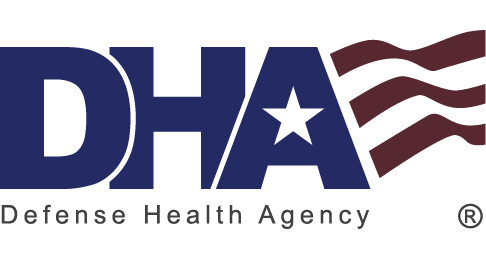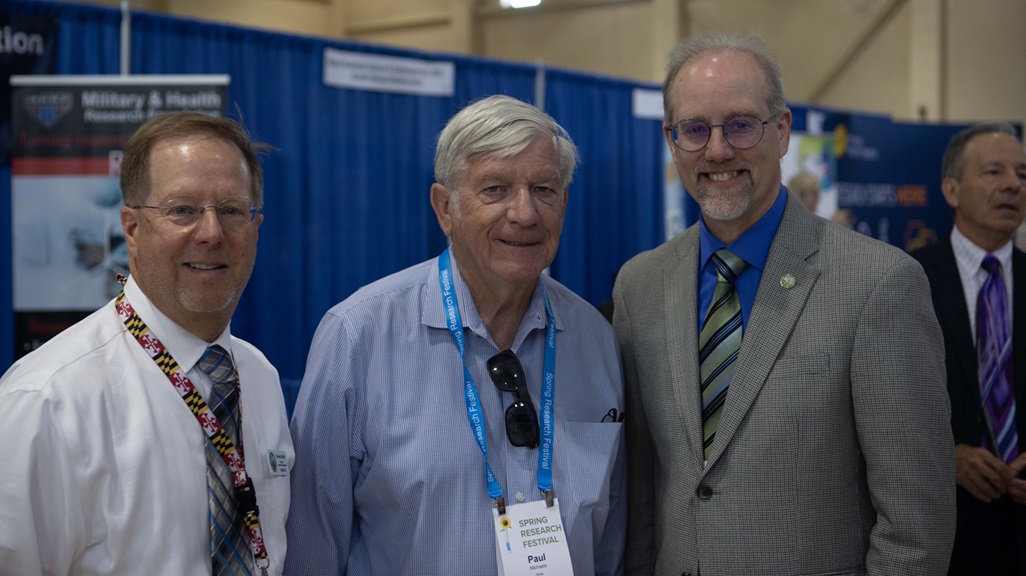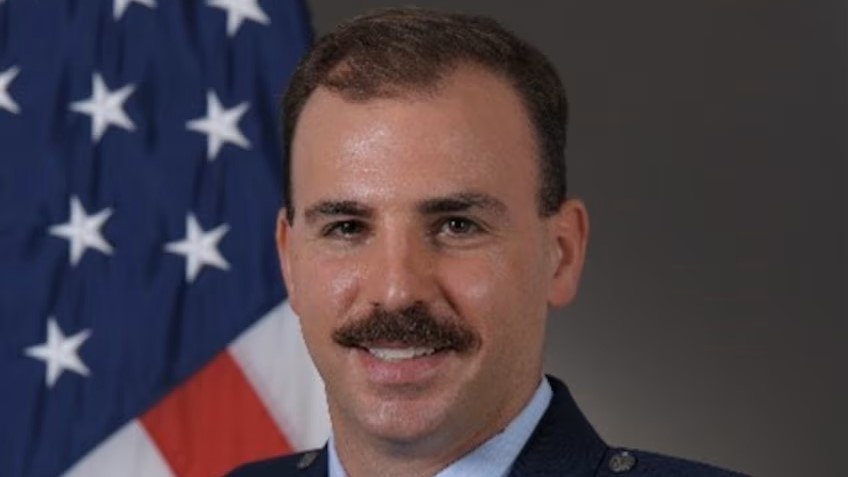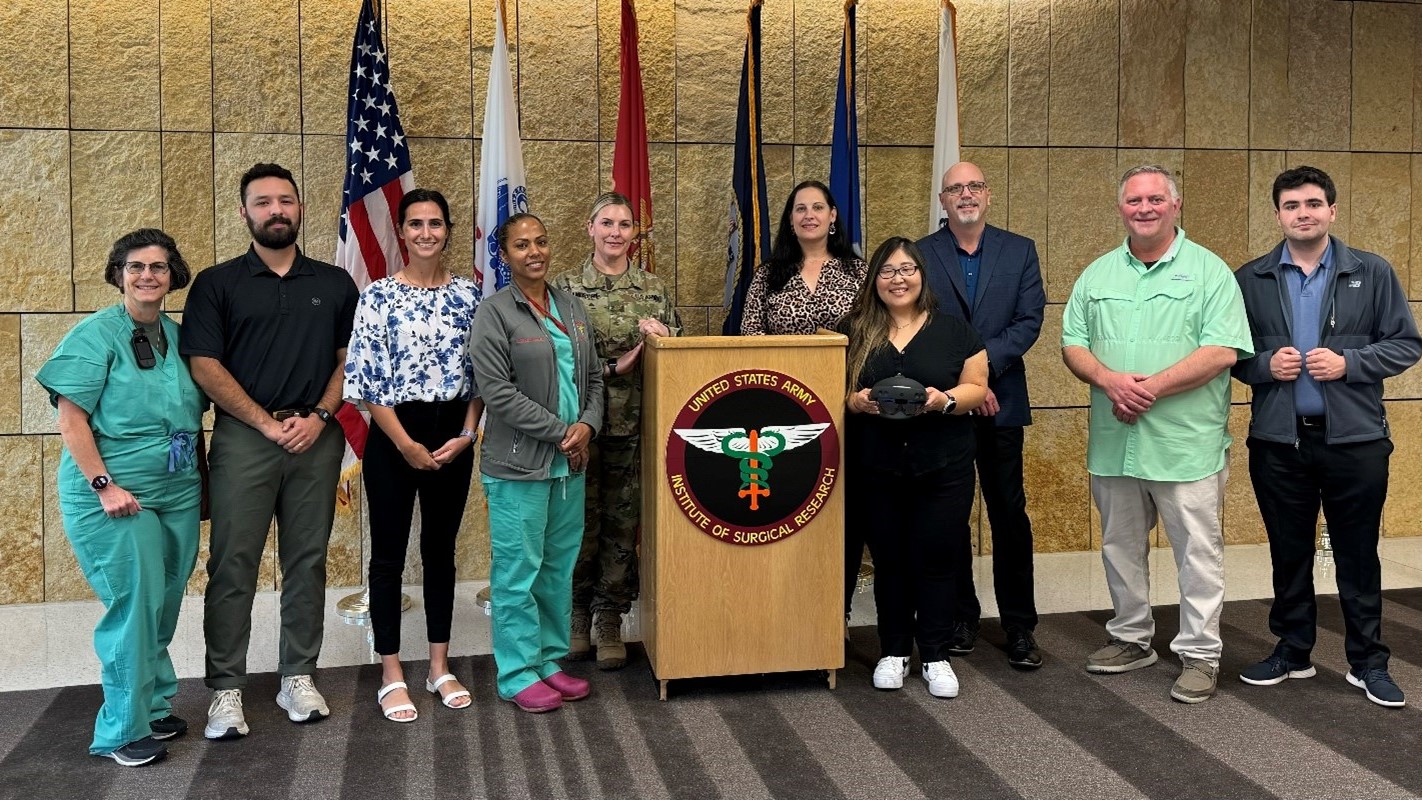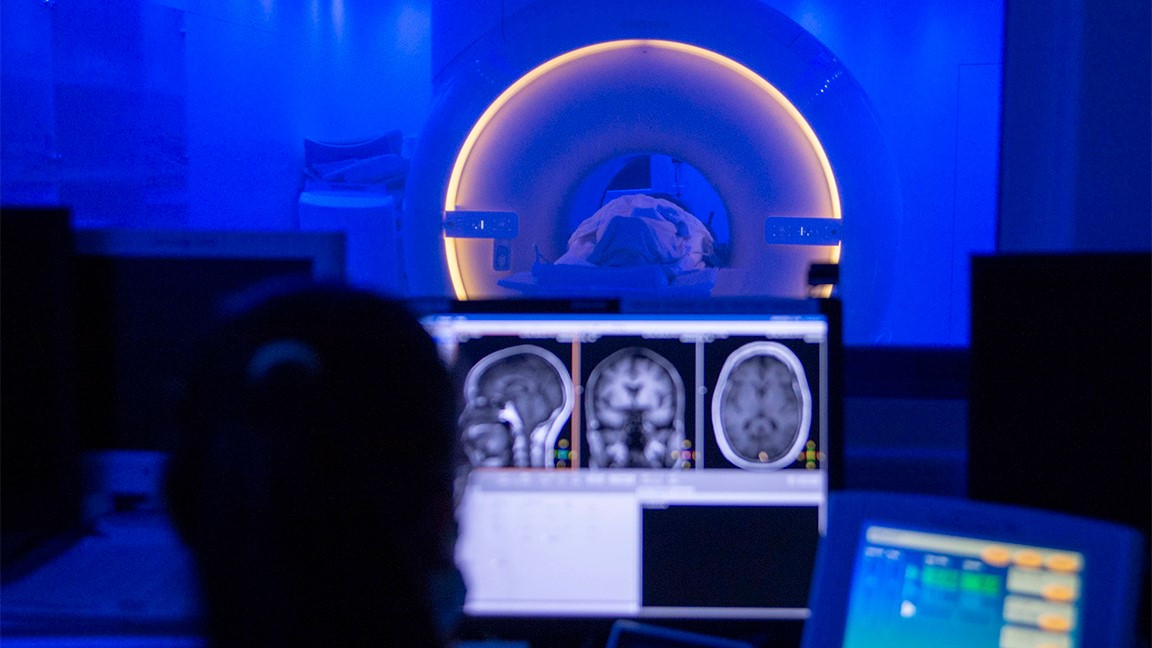May 07, 2025 | By Paul Lagasse, Medical Research and Development Command
FORT DETRICK, Md. — The annual event for the military medical research and development community had another successful year as a record 800 government, military, academic, and industry professionals convened at Fort Detrick for the 2025 Spring Research Festival Symposium and Exhibition, which showcased the latest innovations in life-saving medical devices and treatments for improving warfighter survivability, readiness, and lethality.
The Defense Health Agency Research & Development-Medical Research and Development Command and the Medical & Health Research Foundation, with support from member organizations of the National Interagency Confederation for Biological Research, co-sponsored the two-day conference and trade show, which took place April 30-May 1.
Two symposium presentations spotlighted DHA R&D-MRDC’s unique capabilities for rapidly commercializing new military medical products to ensure they can be used effectively to help warfighters maintain their operational effectiveness when operating in chemically and biologically compromised environments.
The first presentation featured Dr. Chandar Thakur, chief of the Medical Devices and Diagnostics Branch at DHA R&D-MRDC’s Office of Regulated Activities, discussing how ORA’s regulatory affairs, compliance and clinical support professionals guide regulated medical products through the rigorous review process required by the U.S. Food and Drug Administration before they can be considered safe for use by humans. ORA specializes in identifying and mitigating risks early in the product development life cycle, which accelerates the delivery of lifesaving drugs, biologics, medical devices, and combination products to the warfighter.
“The labs within DHA R&D-MRDC focus on a wide variety of portfolios, anywhere from simple bandages to high-risk medical devices, and our responsibility is to provide the risk mitigation to those product development efforts across the enterprise,” explained Thakur, DHA R&D-MRDC’s 2025 Employee of the Year. “We are a unique capability within the DOD, and we can work with anyone as long as they have some sort of DOD connection.”
The second presentation, by Amanda Corbel, the mid-Atlantic regional coordinator for the Federal Laboratory Consortium for Technology Transfer, focused on the important role that disseminating intellectual property plays in getting life-saving military medical products into the field quickly and cost-effectively. DHA R&D-MRDC’s Office of Medical Technology Transfer works with inventors throughout the DOD to identify sources of funding, address regulatory and licensing requirements, find facilities that can develop and test prototypes, and even assist with sales and marketing of their products, helping to ensure that the inventions will be mature, de-risked, and ready for manufacture – significantly improving their value to potential licensors.
Dr. Yun-Xing Wang, a structural biologist at the National Cancer Institute, gave the keynote address at this year’s event. His presentation, “Why RNA is Fun and More Interesting but Challenging to Study — A Structural Biologist’s Point of View,” discussed the latest research being conducted at NCI in support of the development of RNA-based therapies that may someday be used to treat deadly cancers in service members, helping improve their fitness and readiness.
The Capt. Jennifer J. Shafer Odom Fitness Center hosted vendor booths for 39 military medical companies, organizations, and professional associations, as well as 95 poster exhibits showcasing advanced research recently completed or currently underway by researchers representing the spectrum of military medicine research and development. Fort Detrick’s Community Activities Center featured education sessions presented by event sponsors as well as the popular Young Investigator Symposium and “poster blitz” session, at which early career researchers practiced their oral presentation skills before a panel of judges.
Attendance at this year’s Spring Research Festival was up more than 60% over last year, an indication of the important role the event plays in the military medical R&D community.


